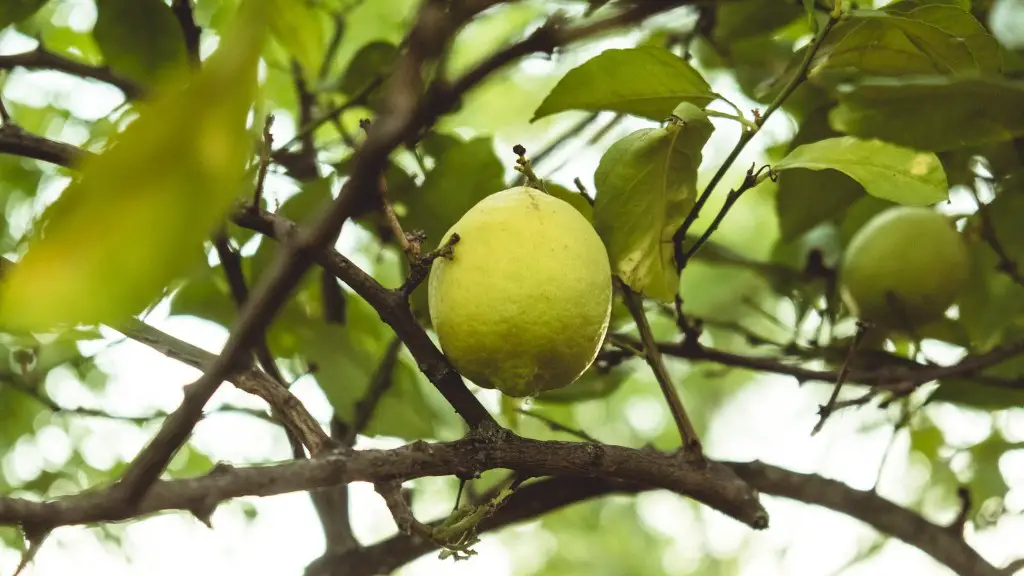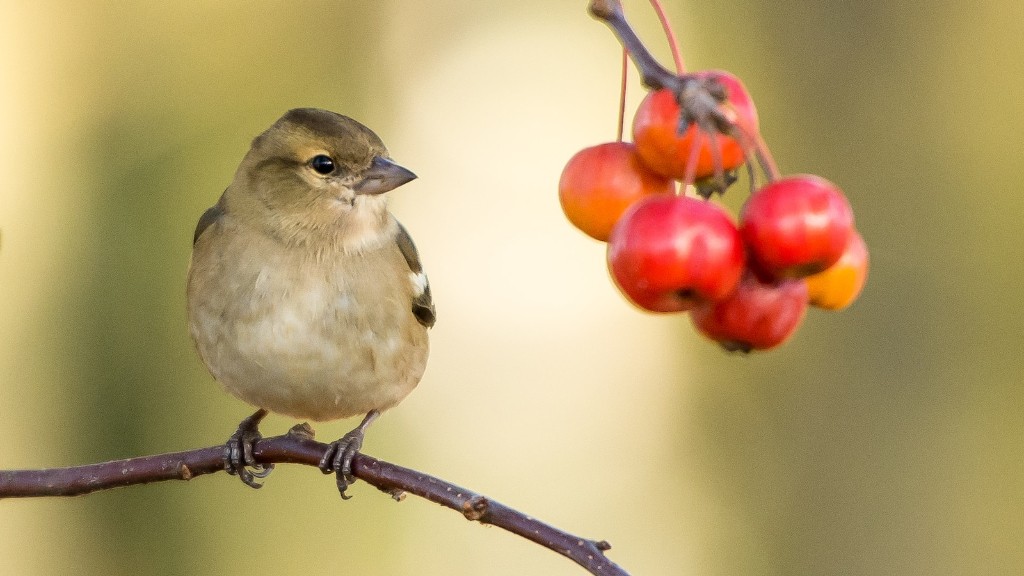When it comes to fertilizing an apple tree, timing is everything. The best time to fertilize an apple tree is in the spring, right before active growth begins. Fertilizers high in nitrogen, phosphorus, and potassium will help the trees develop healthy roots and leaves. Additionally, an application of micronutrients can help trees grow rapidly and produce larger, juicier fruits.
In early spring, a complete fertilizer should be applied to the soil around the tree. The amount of fertilizer to use depends on the size of the tree. For young trees, it is best to use half the dose labeled on the fertilizer’s packaging. While for mature trees, it is best to use the full dosage.
It is important not to overwater the fertilizer. If too much water is used, the fertilizer can “burn” the tree’s roots, causing yellowing and dead leaves. If the soil is dry, the fertilizer may become lumpy and less likely to be taken up by the tree. always water the fertilizer after it is applied.
Apple trees should also be fertilized at least two more times during the growing season. The second application should be done during summer, and the third application should be done around late autumn. This will ensure sustained growth throughout the entire growing season and provide the best possible chance of a strong crop yield.
Finally, don’t forget to mulch around the tree. Mulching helps suppress weeds and retain moisture in the soil. Mulch also reduces the amount of fertilizer runoff, ensuring that fertilizer goes where it needs to, instead of getting washed away.
Organic Fertilizers
Organic fertilizers are a great option for apple trees since they provide a slow release of nutrients that are gentle on the root system. The most common organic fertilizers for apple trees include cottonseed meal, bone meal, and fish emulsion. Organic fertilizer can be applied once or twice during the growing season.
It is important not to over-fertilize your trees with organic fertilizers. Applying too much organic fertilizer could lead to unhealthy growth and reduce yields. The best way to determine the amount of fertilizer to apply is to have the soil tested by a certified lab and then apply the exact amount of fertilizer that is recommended.
Managing Soil pH
The soil pH (acidity) of an apple tree’s soil should be between 6.0 and 7.0. If the soil has a pH outside of these parameters, it can be corrected by applying the appropriate fertilizer. A soil test can determine the pH and help gardeners figure out what type of fertilizer to apply.
Sulphur can be added to the soil to reduce its pH, and limestone can be added to increase its pH. It is best to test the soil every few years to make sure the pH remains in the optimal range.
Insect and Disease Management
Fertilizers should be used in combination with other pest management strategies to keep a healthy apple tree. Applying fertilizers correctly can help prevent pests, such as aphids and ants, from attacking the tree and causing diseases.
Pruning and thinning the tree in late winter can also help keep pests and diseases away. Additionally, horticultural oils or insecticide sprays can be used to reduce the population of pests and diseases on the tree.
References
Make sure to consult local resources for pest and disease management in your area. Additionally, contact your local cooperative extension office for more information about fertilizing apple trees.
Conclusion
Fertilizing an apple tree correctly can help it reach its full potential and produce healthy fruits. Timing, type of fertilizer, and dosage are all important factors to consider when fertilizing an apple tree. Additionally, make sure to check the soil pH and use other pest management strategies to maintain a healthy tree.

